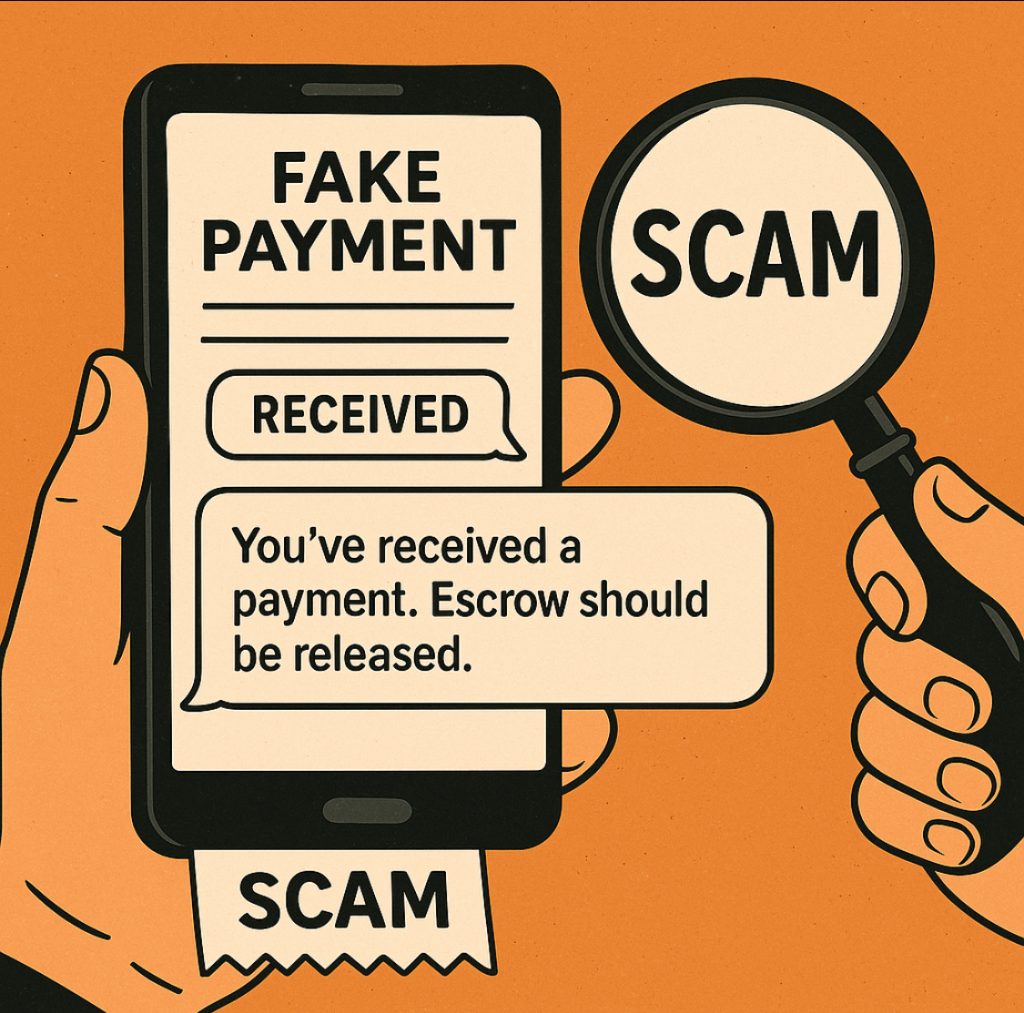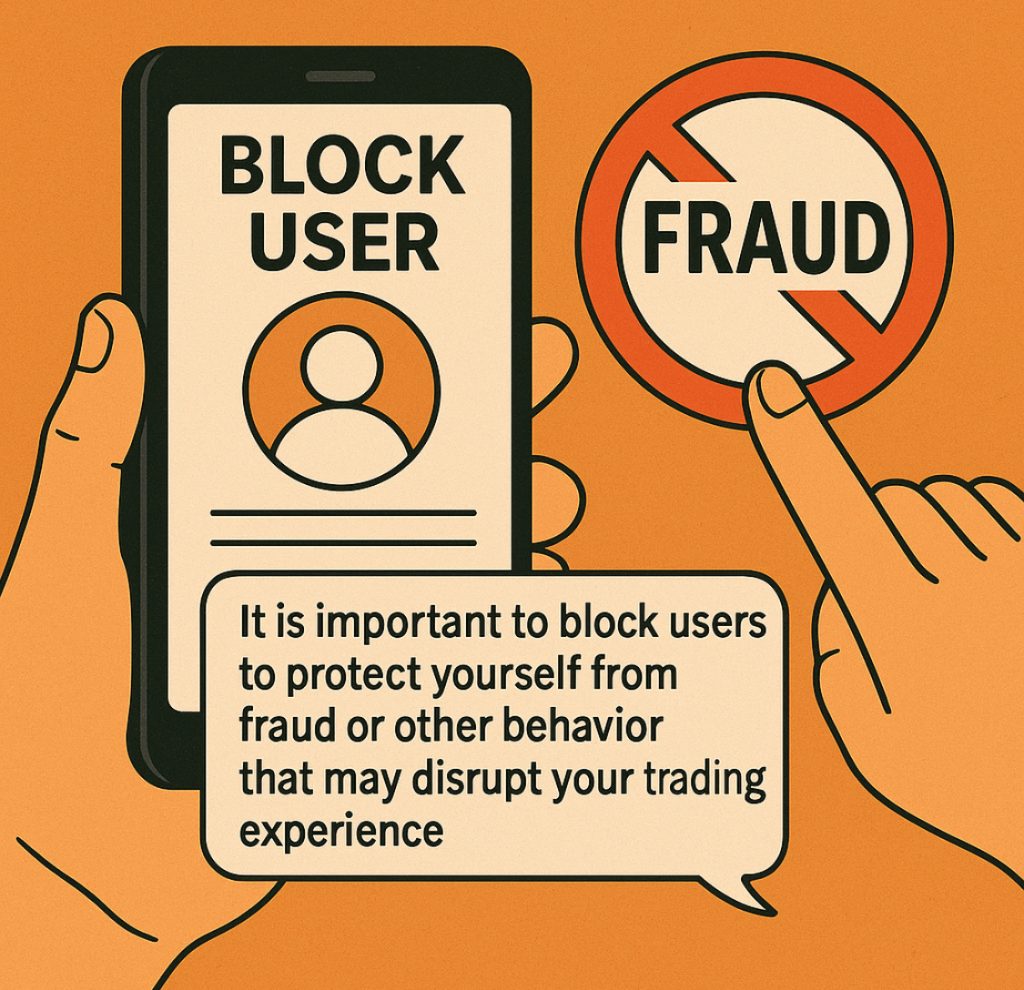After getting on Binance, you’ll discover peer to peer (P2P) trading becoming increasingly popular among traders, but like any type of trading, there’s potential risks. Being aware of these risks allows traders protect themselves from potential losses and better understand the process. After getting into the Binance peer to peer system, you’ll discover not only Binance but Huobi , Bybit and a few others also play vital roles in the p2p market, and as suppose there are numerous precautions they put in place for users and traders utilize them. Read on to find out what they are, as well as how and when to apply them.
What is Peer to Peer?
Well, p2P trading falls down to buying and selling digital currencies without needing a third party intermediary. Peer to Peer (P2P) trading allows buyers and sellers to set their prices, select their trading partners and decide when to transact. It also enables diligent and experienced traders to look for and take advantage of favorable trading conditions to suit their needs.
Crypto Peer to Peer (P2P) marketplaces facilitates the direct exchange of cryptocurrencies between individual users. There is no central authority or third party intermediary, thereby giving users more control over their funds and allowing them protect their identity during transactions.
Despite the benefits, there are also risks involved in p2P trading and every user should be keenly aware of, before venturing to trade on it. Among the common risks traders might face are fake proof of payment, chargeback frauds, wrong transfer, man in the middle attacks and sometimes phishing attacks.
Is Peer to Peer (P2P) Trading Safe?
As with any type of trading, Peer to Peer trading has its share of risks, which vary depending on each exchange and their safety measures. While older exchanges faced a higher risk of theft and scams, many newer trading platforms like Binance , Huobi and Bybit have improved security measures to assist users as trading goes on. A leading Peer to Peer exchange today would typically have an escrow service, regular security updates and strict identity verification processes (among other measures) to keep users safe. However, even with the appropriate safety measures, all trading activity comes with risks and Peer to Peer trading is no exception.
What Are Some Common Risks And Scams
Fake proof of payment or SMS: Scammers may digitally alter receipts to convince you they have made payment and trick you into releasing crypto to them. One example is the SMS scam where criminals forge a text message to notify the victim that they have received a payment and escrow should be released. Some traders have learnt to verify and spot this scams.
How? As a seller, you should only approve transactions after checking to confirm the payment is already in your wallet or bank account. On Binance, as well as a lot of trading apps, Huobi, Bybit, Coinbase and some others. Please note there is always a lot of spare time to verify receipt before releasing any asset to avoid losses.
Chargeback Fraud
A bad actor may use a chargeback feature on their chosen payment platform to reverse their payment upon receiving your assets. In many cases, they try to pay via a third party account. Some payment methods like checks and online wallets allow for easier chargeback requests.
You can avoid getting caught by this scam: Simply do not accept payments from third party accounts. If it happens, raise an appeal on the platform and initiate a refund to the buyer’s account. Do not wait until the issue escalates before appealing. Make the move if you feel uncomfortable about any ongoing trade.
Wrong Transfer
As with chargeback fraud, a scammer may attempt to steal your assets by contacting their bank to report a transaction as error, and requesting that it be reversed. Some may even pressure you into not reporting the incident by using scare tactics, like warning you that selling cryptocurrency is illegal. Well, if it was, binance wouldn’t have license to operate in the places they do.
This is a usual kind of situation, someone calls you to say a wrong transfer was made and all that, well you can avoid getting caught by this scam. First thing is to not be intimidated by the scare tactics. Systematically gather evidence, such as screenshots of your correspondence and transaction with the user. Log into your bank apps to verify dates and time. Thats assuming you have any open trade on any of the above listed platforms.
Learn To Identify The Risks Before Trading
1.Check p2P advertising profiles. Screen potential trading candidates before you enter a trade with any of them. Some things to note while looking at a P2P profile are:
2. Number of trades: Low numbers aren’t necessarily bad, but a high number of completed transactions may be a sign of a reliable P2P party.
3. Completion rate: Reconsider if it’s below 80% as this may indicate the trader has a habit of backing out of transactions.
4. Merchant or user feedback: Very few positive comments or many negative comments can indicate higher trading risk.
5. Check advertisements carefully: Evaluate each P2P advertisement to determine if it meets your needs and goals. Consider the price, quantity, accepted payment methods, restrictions (like trading limits), and other terms and conditions. For instance, too large a disparity between the P2P price and the market price on other trading platforms is suspicious.

When Trading
When interacting With a p2P Buyer, Red Flags to Lookout For
–The buyer pushes you to release the crypto.
–The buyer requests unnecessary information.
–The buyer becoming unresponsive.
–The buyer asking you for a loan.
–The buyer paying less than the amount agreed upon in the order.
–The buyer paying more than the amount agreed upon in the order.
–The buyer asking to communicate outside the P2P platform.
–The buyer asking to pay through a third party.
When interacting With a p2P Seller, Red Flags To Lookout For
–The seller asking you to cancel the order after you’ve already paid.
— The seller asking to communicate outside the P2P platform.
–The seller asking you to trade outside the P2P platform.
–The seller asking you to pay an additional commission.
After Trading
When interacting on a p2P trade, red flags to lookout for
–Not yet receiving the asset you paid for.
–Receiving a check from a buyer that bounces.
–Your bank account is blocked after receiving payment from a buyer.
–The buyer initiates a chargeback via their bank after you’ve transferred your cryptocurrency to them.
General Tips to Protect Yourself Against All This Risks And Scams. Choose Platforms With Robust Safety Features. Including
1. Risk management features. A platform that enforces specific requirements before buying or selling can help reduce inactive, unreliable, or low-quality advertisements. Better yet, there should be a sophisticated order-matching logic to match users with trusted traders and verified merchants only, as well as risk management algorithms to monitor suspicious activity. Some algorithms are even optimized to limit the trading activities of potential bad actors. In addition, withdrawal limits or delays can help to protect user funds.
2. Know Your Customer (KYC) protocols. P2P platforms with KYC protocols can help you find reliable trading partners by enforcing user identity verification. This allows you as a beginner or pro, conduct trades with verified merchants with a proven track record and reliable sources of funds.
3. Escrow services. Escrow services provide a safe way for buyers and sellers to exchange assets. A trusted third party platform with integration to handles the exchange of funds between transacting parties to uphold safety and fair trading.
4. Customer support. While p2P trading usually functions with no middlemen, a P2P platform’s customer support team can intervene if a user faces problems with a trade.
5. Automated payment. New automated payment methods enable p2P platforms to automatically process the release of crypto held in escrow without manual intervention. Buyers can set their accounts to receive their newly purchased assets instantly and sellers don’t have to check each order payment or release assets manually.
6. Block feature. The block feature allows you to block suspicious users. If you’ve had an unpleasant experience with someone on the platform, after the customer service other wise known as moderators of the trade resolves it, you can block that user and prevent them from trading with you in the future.
Communicate On the Platform Only
It is important to avoid contacting potential trading counterparties on dubious websites and stay alert to prices that sound too good to be true. Also, communicating with users outside the platform will make it easier for a scammer to raise a false dispute against you and deny the transaction ever happened.
Double Check Your Transactions
Remember to always verify all information from the counterparty when transacting with other peer to peer users. Scrutinize all receipts and transactions to ensure nothing has been digitally altered. Here are some tips to identify fake proof of payments.
1- Overlapping text
2- Different colors
3- Different typography
4- Difference in sizes
Surely there are free image forensic tools online. Google Search for “fake image detector” or “doctored image forensics tool” to get an idea of what’s available.
Take Screenshots
Keep records of all proofs of communication and transactions in case you need to file an appeal.
Block Puspicious Parties
Like we listed Blocking is an active tool that should be taken advantage of. It is important to proactively block users with whom you’ve had sub-optimal trades to protect yourself from fraud or other behavior that may disrupt your trading experience. This also help the companie and platforms put a check on those accounts.

Make An Appeal
There’s a button for appealing while a trade is ongoing. If you do encounter an issue while trading on any Peer to peer platform, simply seek customer support and open an appeal. Remember to capture evidences like screenshots and other information that might need to be provided to enable customer support better assist you.
Note the appeal process only gets to happen while the trade is still open
My Closing Thoughts To Help Protect Your Assets
Staying alert to the potential risks associated with P2P transactions is essential. This includes understanding any agreement’s terms and conditions, remaining vigilant about red flags and using platforms with safety features. Being cautious when engaging or interacting in any p2P transaction. Always contact customer support should you have any concerns. Mindfulness and precaution are the only way you can fully enjoy the benefits of Peer to Peer trading. Contact us for any Questions to be answered about this post.
Discover more from AdiTech
Subscribe to get the latest posts sent to your email.
